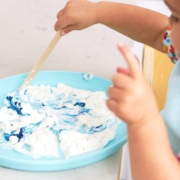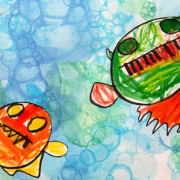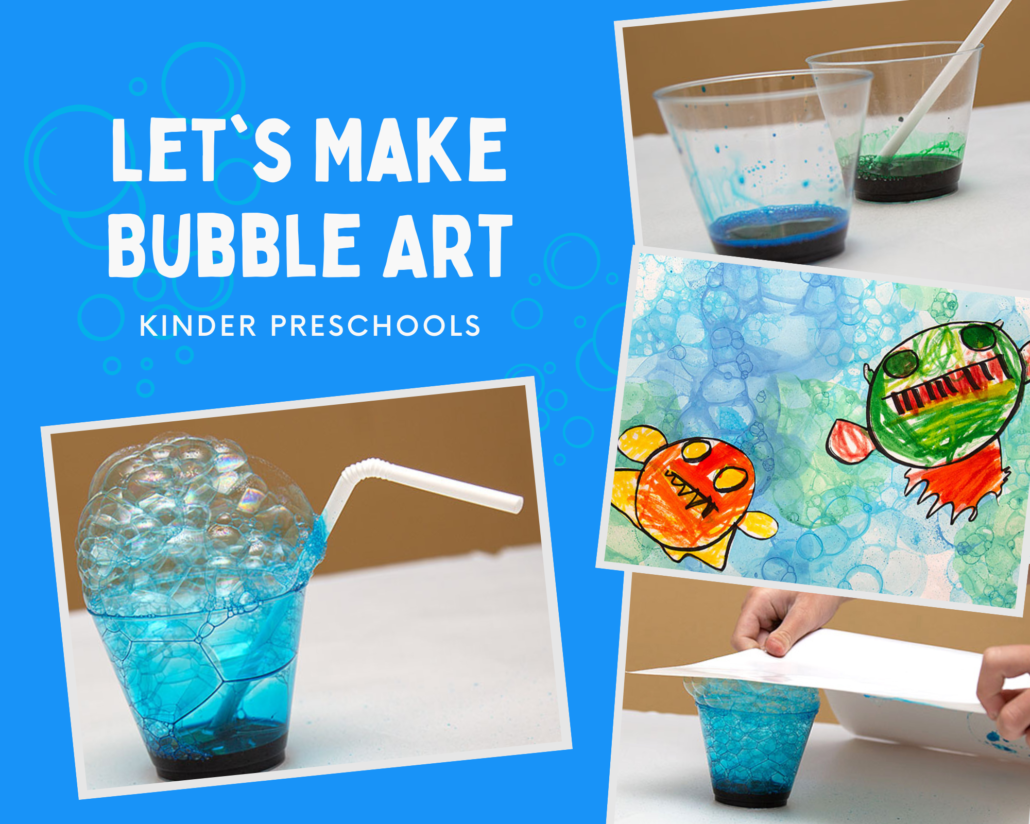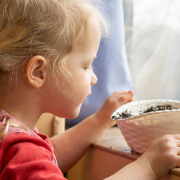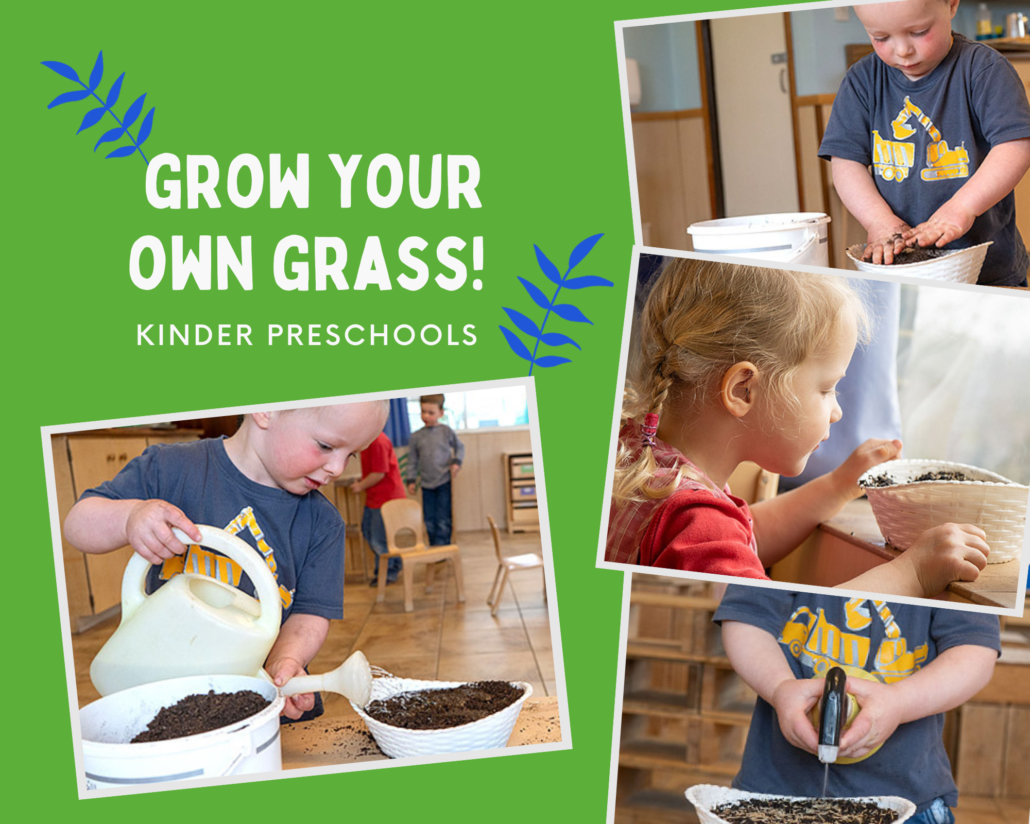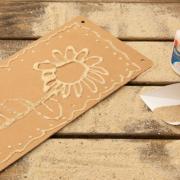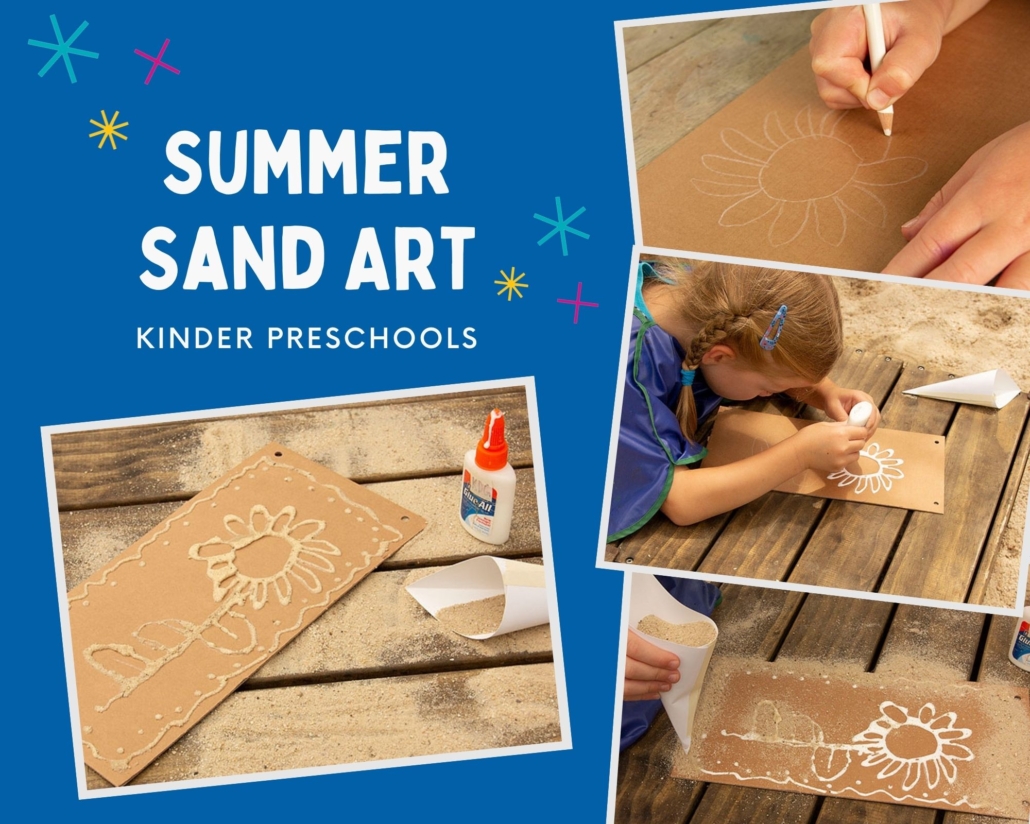Just because it’s messy doesn’t mean it’s not fun and easy to clean up – not to mention the hours of smile and fun that await your toddler!
The idea of messy play supports the exploration of the world’s textures and sensations to simulate happy and curious minds and involve more of the senses during the learning process. Introducing different sensations to your toddler through messy play enables their brain to establish new connections – which is crucial to everything we do and learn in our early years.
And it’s not just for the little ones, parents can enjoy the benefits of messy play too. With your child captivated by the activity, this gives you an opportunity to explore and encourage in-home learning and spend quality time with your child.
Ready to play? It’s time to roll up those sleeves and get our creativity flowing with these 10 messy play ideas.
1. Dinosaurs in Taste-Safe Mud
Realistically mud always comes up in the conversation about messy play. By making it “taste-safe” parents eliminate the fear of real mud consumption, while still giving the child the opportunity to get messy without consequence.
Here’s what you’ll need;
- Corn starch (2 cups)
- Water
- Powdered hot chocolate or cocoa powder (1 cup)
- Dinosaur toys (assorted mix)
- Container for mud
- Spoon
The first thing you’ll want to do is combine the cornflour and cocoa powder in a large mixing bowl. For the desired thickness (or runny-ness) of the mud, add small amounts of water to the bowl. Generally, we like to do the one cup of water to two cups of cornflour and one cup of cocoa powder method, but that’s not an airtight rule. Finally, add your child’s favourite toy dinosaurs and they’re ready for some muddy fun. Farm and zoo animals work great as well!
2. Fizzy “Cloud Dough” Observation
The idea is to create a variety of new connections for your toddler’s brain which include both visual and sensory stimulation. The dough is gentle, colourful, and easy to put together. We recommend enjoying this activity outdoors or in a bathtub for easy cleanup.
Here’s what you’ll need;
- Flour (1 cup)
- Baking soda (1 cup)
- Vegetable oil (¼ cup)
- Oil-based or powder food colouring
- Vinegar
- Large mixing bowl
- Tub or container
Begin by making your sensory – and taste-safe – play dough by combining the flour, vegetable oil and colouring. Next, put the dough into the container and allow your children to explore by moulding and shaping it. Then, add a bit of vinegar and baking soda to the dough to bring the fizz out. The little ones will have a wonderful time grabbing the foam and watching the bubbles.
3. Balloon Painting
The idea of this activity is to stimulate spatial awareness by giving a new spin on painting – a favourite among most children – and creates an added challenge by incorporating coordination skills. Children will come away from this activity with a pure sense of accomplishment!
Here’s what you’ll need;
- Balloons
- Child-friendly washable paint
- Cardboard or large sheets of paper
- Large safety pins
- Funnel (not required)
Be sure to clear a large workspace that can withstand messy paint and splatters. To start, fill your balloons with paint – we recommend using the funnel for a cleaner result – or enjoy more sensory fun by allowing your toddler to fill without the funnel.
Tie off the balloons at the top and use the safety pin to poke small holes in the bottom. Embrace mistakes that might occur as the children apply paint to the cardboard by squeezing it out of the balloons. If the balloon inevitably falls, embrace the splatters as part of the creative process.
4. “Under the Sea” Jelly Exploration
Sticky, squishy… Jelly! What’s not to love! This underwater exploration gives thought to our large and beautiful underwater world. As a bonus, it’s a snack after they’re done exploring!
Here’s what you’ll need;
- Jelly mix (blue is best to look like the ocean)
- Underwater or aquatic animal toys
- A large container
First, add some jelly to set in a plastic container. After pouring your jelly liquid into the container, add your selected underwater creatures. Once set the messy play begins by digging for the creatures and enjoying a nice “oceany” jelly snack along the way!
5. Melting Colourful Ice Cubes
This activity allows toddlers to explore the different states of water. It’s perfect for a hot day, as it shows the power of the sun – not to mention provides messy cooling at the same time.
Here’s what you’ll need;
- Ice cube trays
- Water
- Food colouring or non-toxic dye (we recommend washable dye)
- A large plastic container (or outdoor area)
- Towels (they will get stained if a non-washable dye is used)
Even though it’s one of the more simple ideas, it’s still a very powerful visual and sensory play idea for toddlers. You’ll start by simply filling the ice cube trays with water and adding a few drops of colouring. Once frozen, add the colourful cubes to a container to take outside. Finally, dive in – literally! Have your child jump in the colourful swimming tub and enjoy!

